Credit: pixabay.com
Compared to the southern Rhône, the northern Rhône is easy to understand. All the appellations follow a narrow strip of land that follows the west bank of the river for 60km, from Vienne in the north to Valence in the south.
Except, that is, for Hermitage, sitting proudly on the east bank, surrounded by the very different terroir of Crozes-Hermitage.
For such a legendary name, the south-facing hill of Hermitage isn’t as large as you might expect. It covers just 137ha – for a sense of scale, Château Talbot in Bordeaux has 110ha, while AOC Châteauneuf-du-Pape covers 3,133ha.
Terroir
Hermitage may not be massive, but it’s a complex terroir. The western quarter is composed primarily of granite, and the long eastern flank is made up of limestone and alluvial deposits. At the summit there are patches of loess and at the base some gravelly clay.
Click to see the full article on Decanter Premium>>

Translated by Sylvia Wu / 吴嘉溦
All rights reserved by Future plc. No part of this publication may be reproduced, distributed or transmitted in any form or by any means without the prior written permission of Decanter.
Only Official Media Partners (see About us) of DecanterChina.com may republish part of the content from the site without prior permission under strict Terms & Conditions. Contact china@decanter.com to learn about how to become an Official Media Partner of DecanterChina.com.

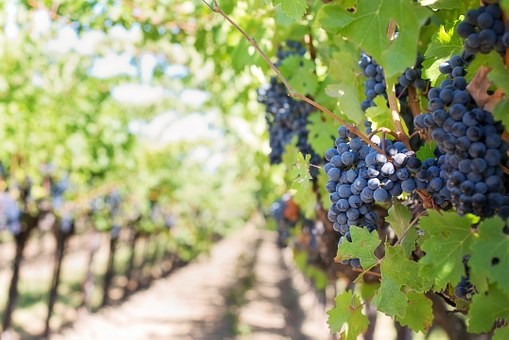
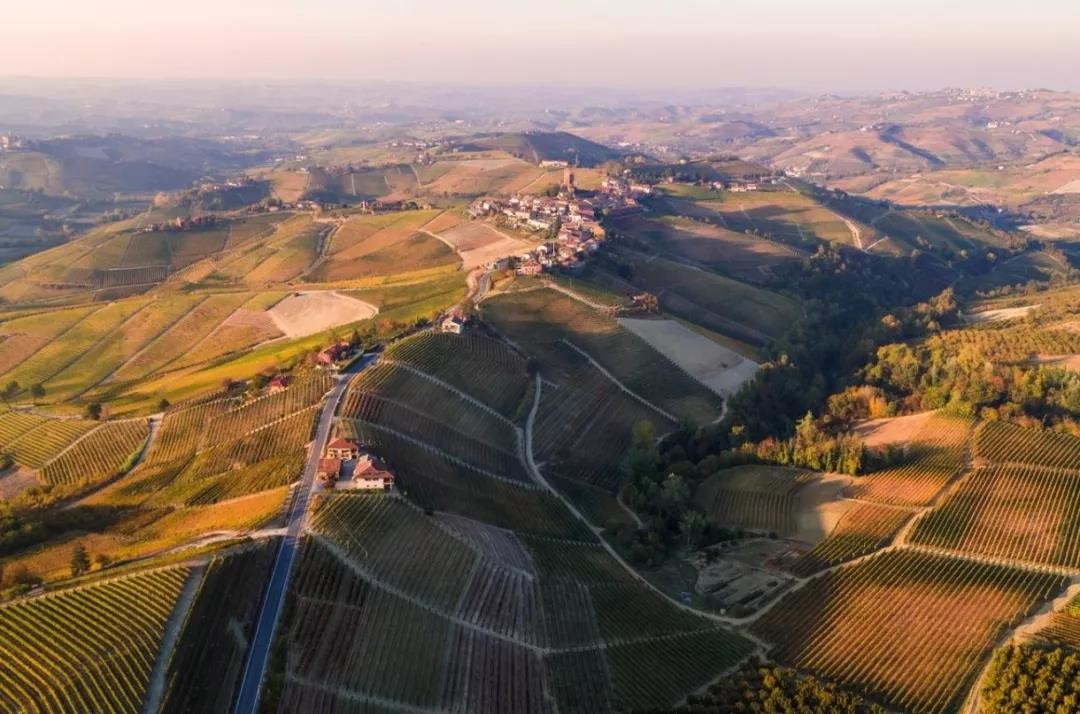
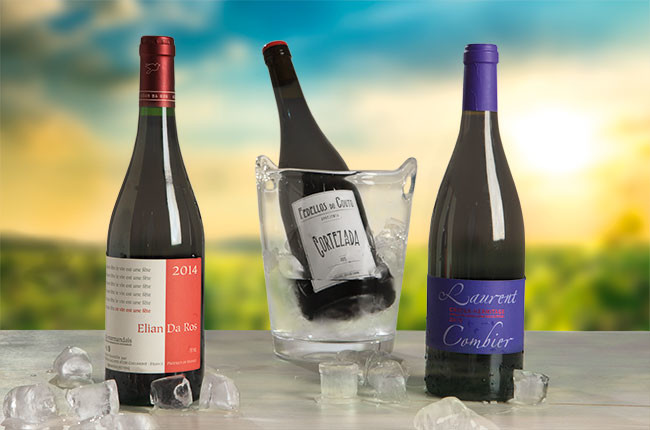
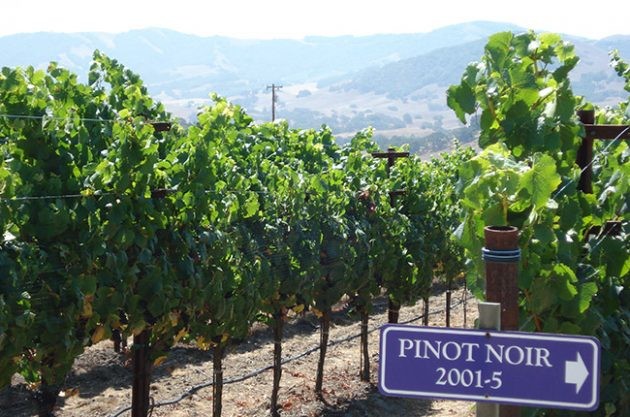

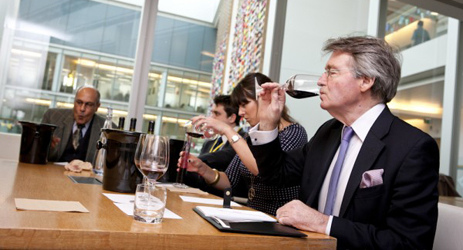
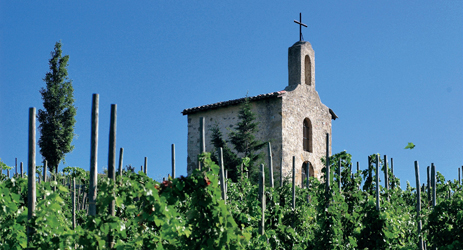
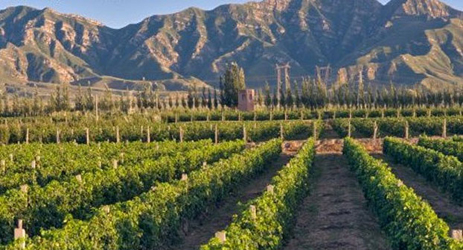
Comments
Submit